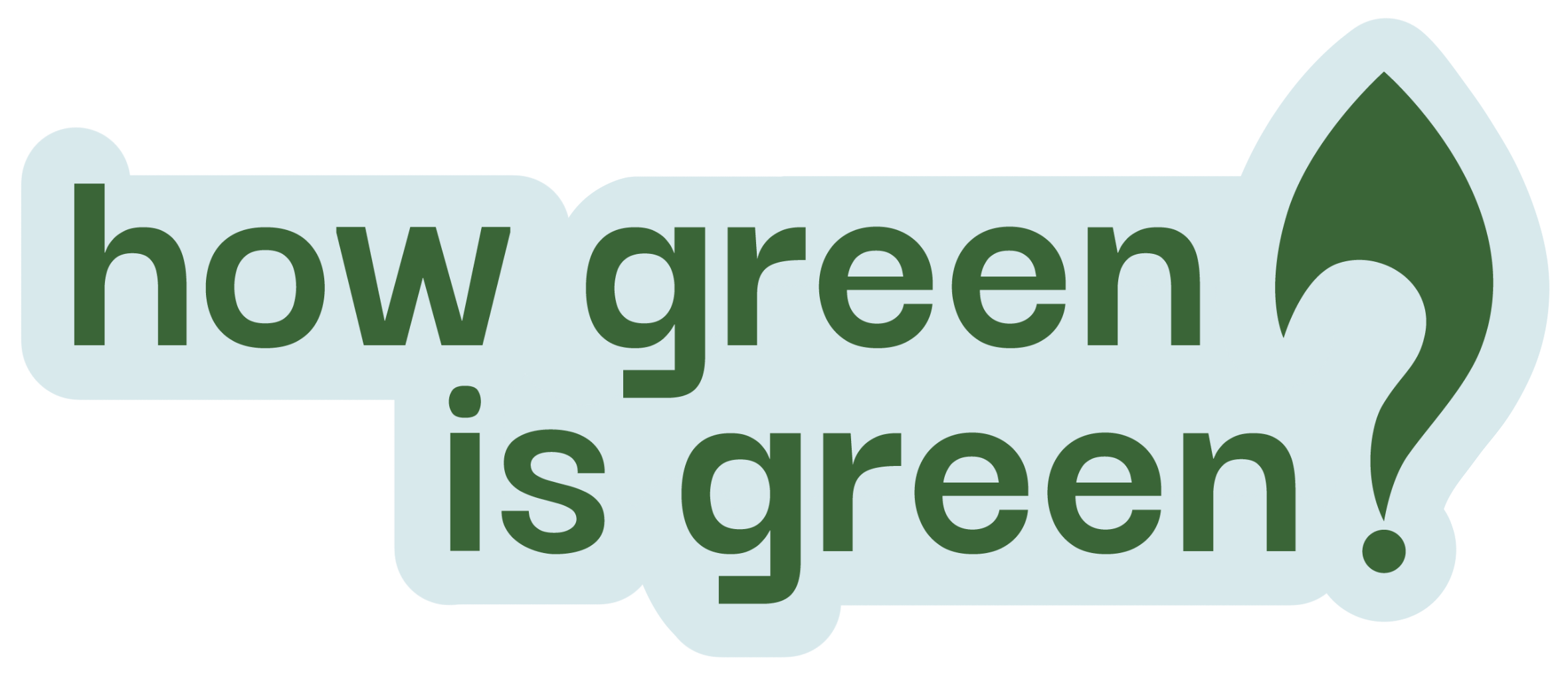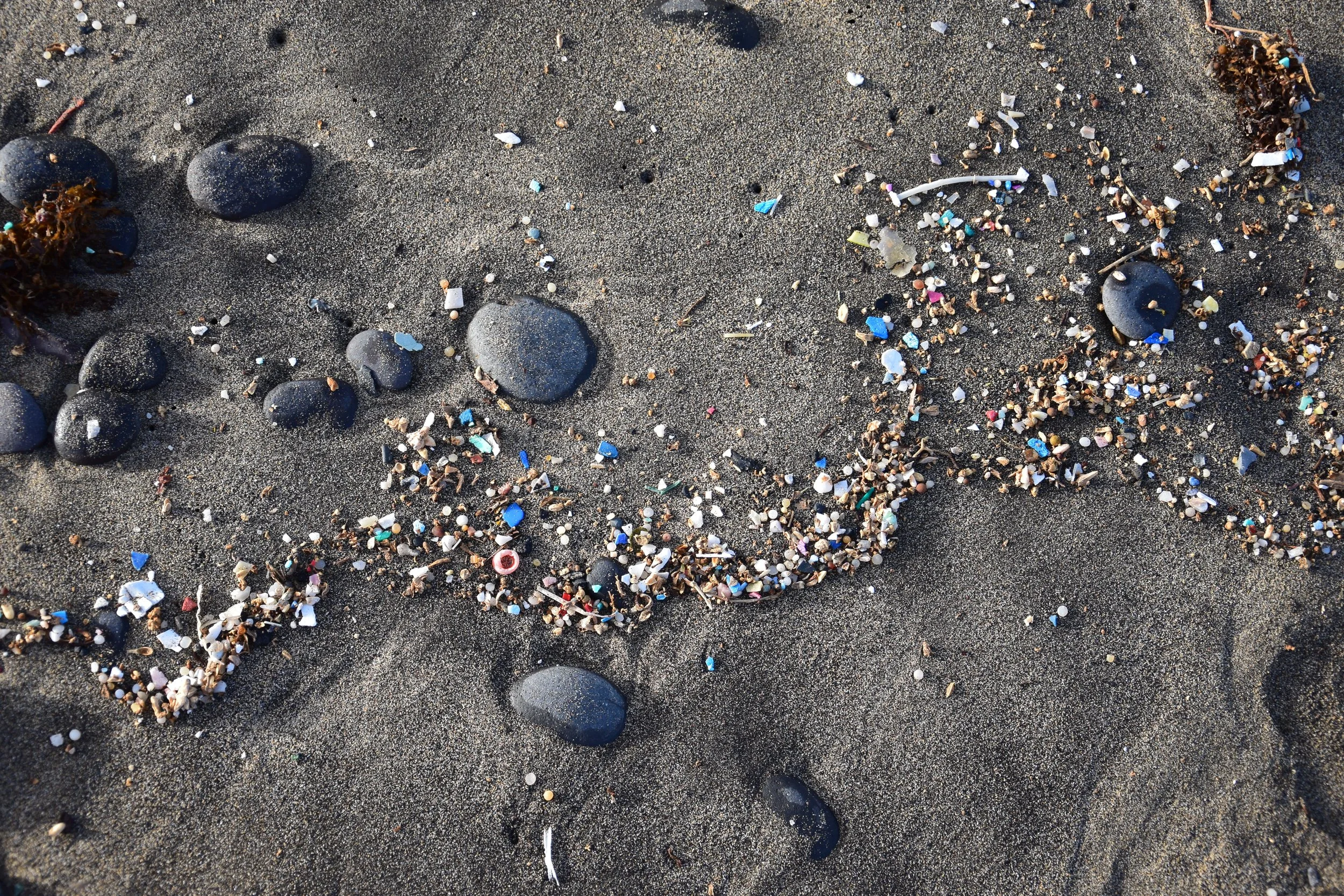
Thesis Project:
Educating on sustainability in personal care and cosmetic products and campaigning for a greener future.
Plastic pollution remains a pervasive issue in our oceans, with microplastics, particles measuring 5mm or smaller, comprising a staggering 90% of oceanic plastic. Alarmingly, personal care and cosmetic companies intentionally add microplastics into their products as exfoliants or filler ingredients. Awareness of this problem is lacking among the general public. How Green is Green is dedicated to bridging this knowledge gap by empowering individuals to make informed decisions about their purchases and encouraging them to make more sustainable choices.
The Problem:
“Where in the world can you go anymore
and not find plastic?””
Research:
-
Microplastics are all types of tiny plastic particles smaller than 5mm. Microbeads are a type of microplastic whose primary function is to scrub or exfoliate to clean skin and teeth. They are found in shampoos, toothpaste, soaps, nail art, glitter, and many other personal care products because they are durable and cost-effective.
The problem with microbeads is that they are washed down the drain in rinse-off products, like soaps and toothpaste. Wastewater treatment plants can only filter a small amount out of the water, so most of the microbeads get washed into the ocean. Microplastics that get washed into the oceans look like plankton, so small animals eat them. The plastic does not get digested in these animals' stomachs, so when they become prey for larger animals, the larger animal is ingesting the plastic as well. This idea works its way up the food chain until the seafood ends up on our plates. While the effects of consuming microplastics are still being researched, certain chemicals in plastic have been linked to various health problems including hormonal disruptions, reproductive issues, and certain cancers.
-
Microplastics, primarily originating from personal care and cosmetic products, constitute a significant portion, approximately 93%, of these pollutants. A study examining 672 products online revealed that 79% contained plastics, with 38% being solid microplastics. Notably, the brand Lush stood out with 99% of its products containing microplastics, attributed largely to the presence of polyvinylpyrolidone (PVP), a concerning ingredient with environmental and human health implications. Commonly affected products include mascara, lip products, foundation, face powders, and highlighters. However, alternatives such as inorganic powders, sodium chloride, sugar crystals, cellulose, milled shells, fruit seeds, and innovative options like Chito-beads, derived from crustacean waste, offer promising solutions. Notably, Chito-beads demonstrate superior cleansing efficiency compared to conventional polyethylene microbeads, indicating a potential shift towards more sustainable practices in the cosmetics industry.
-
A form of false advertising that companies do to make themselves seem more environmentally friendly. It undermines the genuine work people are doing to move towards a more sustainable future. Greenwashing also misleads customers, delays real change and causes misallocation of resources.
Out of 200 people surveyed…
Ideation:
User Journeys and Personas:






Final Design:


















